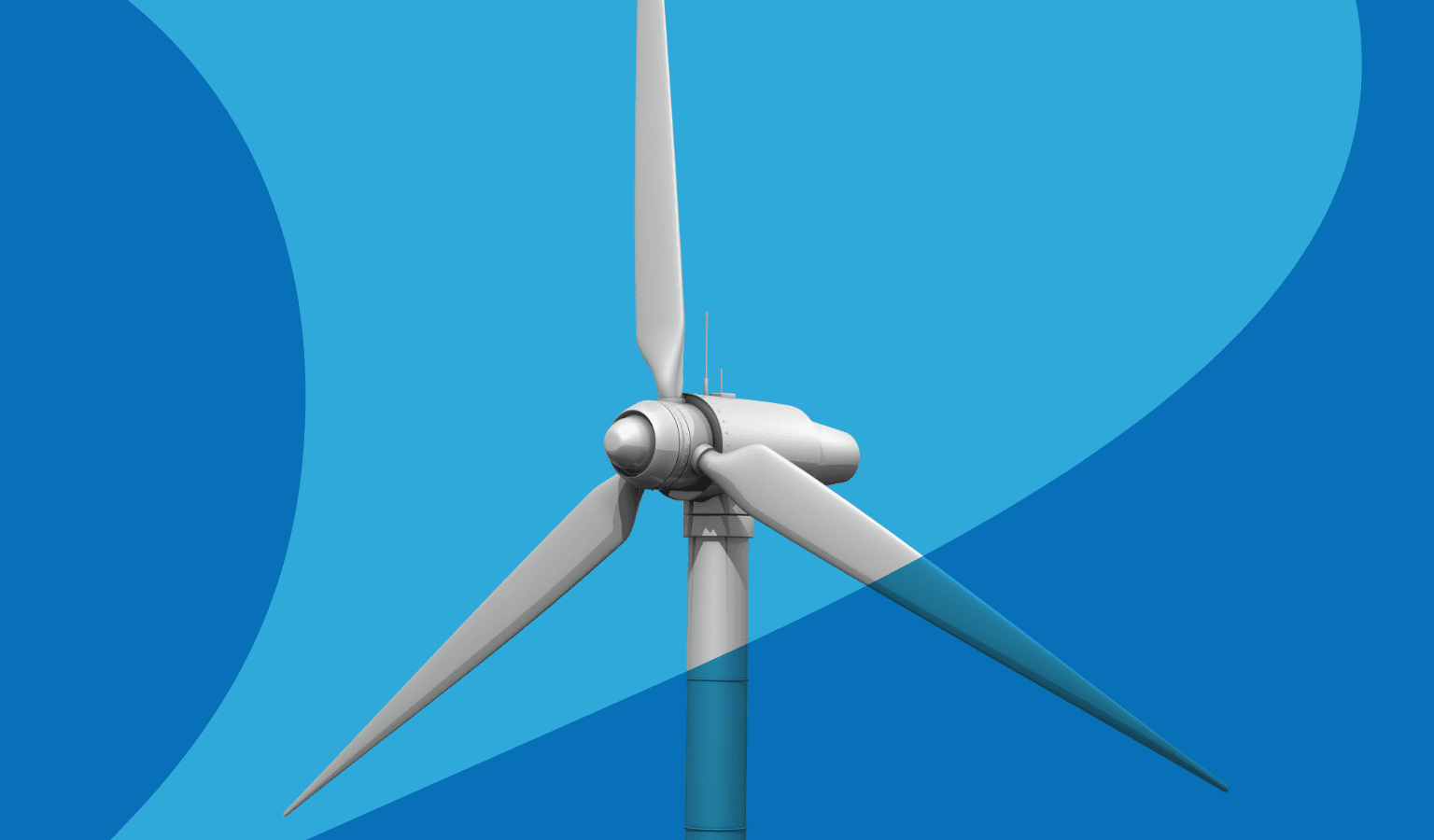On October 23, 2023, the Federal Energy Regulatory Commission (FERC) issued an order that will permit Trailblazer Pipeline Company LLC (Trailblazer) to convert its approximately 400-mile-long natural gas pipeline system to carbon dioxide (CO2) transportation. Trailblazer intends to use the pipeline, which originally entered service in the 1980s to bring natural gas from constrained Rocky Mountain supply basins in Wyoming across Colorado and into Nebraska, to transport CO2from ethanol plants and other emissions sources in Nebraska and Colorado to Wyoming for permanent sequestration in geologic formations (the Trailblazer Conversion Project). FERC has no jurisdiction over the siting, construction, or operation of CO2pipelines. However, Trailblazer required FERC’s authorization under section 7(b) of the Natural Gas Act (NGA) before it could “abandon” natural gas service on its pipeline facilities. The order also authorized Rockies Express Pipeline LLC (Rockies Express or REX) under NGA section 7(c) to construct additional facilities and lease to Trailblazer existing capacity that will be used to continue service to Trailblazer’s natural gas transportation customers. Trailblazer also intends to contract for capacity on Tallgrass Interstate Gas Transmission, LLC (TIGT) to serve its firm customers. All three pipelines are operated by a subsidiary of Tallgrass Energy Partners.
FERC conducted an environmental review of the Trailblazer Conversion Project under the National Environmental Policy Act (NEPA) that was limited to removing the pipeline from natural gas transportation service, and to contracting for new natural gas transportation service on Rockies Express, as well as limited construction on the REX system. It did not evaluate the environmental impacts or benefits of transporting CO2on grounds that this future use is nonjurisdictional. FERC also noted the lack of pipeline safety regulations over the transportation of CO2in a gaseous, as opposed to supercritical fluid state. The federal agency with authority to regulate pipeline safety, the U.S. Department of Transportation’s Pipeline and Hazardous Materials Safety Administration, is developing regulations, but does not anticipate releasing a Notice of Proposed Rulemaking before June 2024.1
CO2pipeline transportation is not prevalent in the United States, and until recently, was typically used only to transport naturally occurring CO2for use in enhanced oil recovery.2 With advances in carbon capture and sequestration technology and decarbonization incentives created by markets and legislation like the Inflation Reduction Act, the need for a larger CO2pipeline network is apparent. However, because there is no federal permitting authority for CO2pipelines akin to FERC’s NGA authority over natural gas pipelines, the authorizations to site, construct and operate new projects must occur on a state-by-state level. The Trailblazer Conversion Project is unique amongst other multistate CO2pipeline projects under development because it relies on existing pipeline infrastructure, as opposed to greenfield pipeline construction, removing some hurdles from the permitting process. Days before FERC authorized the Trailblazer abandonment of natural gas service, a greenfield pipeline developer announced its multistate CO2pipeline project’s cancellation due to permitting difficulties at the state level.
The Trailblazer Conversion Project also benefits commercially from having a terminus in Wyoming. Wyoming is one of only two states to have received regulatory primacy for Class VI wells under the Environmental Protection Agency’s (EPA) Safe Drinking Water Act Underground Injection Control Program. Class VI underground injection wells are used to inject CO2for geologic sequestration. Projects looking to obtain Class VI wells in states without primacy may be subject to longer review times given the number of projects pending before the EPA. Depending upon its ultimate success, the Trailblazer Conversion Project may become a model for other CO2pipeline conversion projects.
1 See Congressional Research Service, Carbon Dioxide (CO2) Pipeline Development: Federal Initiatives (Jun. 2, 2023) available at: https://crsreports.congress.gov/product/pdf/IN/IN12169#:~:text=Approximately%205%2C000%20miles%20of%20pipeline,goals%20for%20greenhouse%20gas%20reduction.
2 According to the Congressional Research Service, there are approximately 5,000 miles of CO2pipelines in the U.S., as compared with approximately 3 million miles of natural gas pipelines, as catalogued by the U.S. Energy Information Agency.


